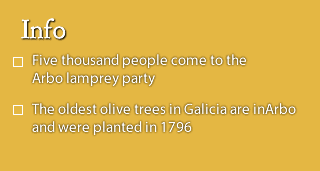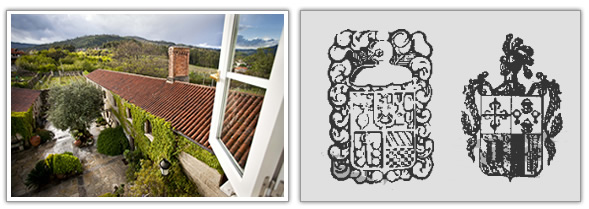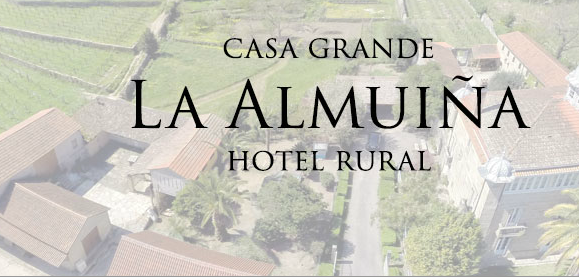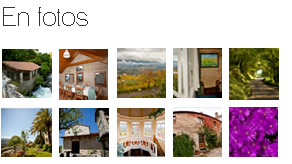








The house
Built in the seventeenth century, the Pazo de La Almuiña, a Manor House is a clear reference of Galician tradition that we are now proud to offer so year trip will be one that you will never forget. In 1665, Pedro Estévez de Puga married to Francisca Méndez and landowner in the district of Beade and of the Almuiña properties, builds the Capilla del Buen Suceso (chapel of Advent) in Almuiña de Abajo remaining as its protector. In 1678, Don Pedro´s seven succesors divide the inheritance and Jacinto Estévez de Puga, parish priest of Santa María de Arbo (St. Mary´s of Arbo) is a assigned the vineyard including the wine cellars that can be seen from the house. On an inside door beam there is an engraving “Jacinto Estévez de Puga 1675” indicating the constructive evolution of this house set high on a hill overlooking the other homesteads. Ignacio Vieytez Tapia (1817-1882), magistrate, president of the Supreme Court and Secretary to Isabel II, acquires the properties of Almuiña de Arriba in 1869 thus uniting the two Almuiñas once again. In the nineteenth century the Manor undergoes an important renovation affecting balconies, windows, dome and other features. Its foundations belong to the seventeenth century. In the XXI century, year 2002, the living quarters, halls and dining rooms are updated. The Manor´s views over the Miño river, Portugal and the mountains of San Fins (St. Fins) together with the “horreos” granite stone granaries raised on pillars exclusive to the region, the wine cellars, 60.000 square metres of vineyards, early Roman buildings and mines, and fresh water wells make Arbo a place worth visiting. From the heights of San Fins in the county of La Guardia, one can behold the spectacular view of the valley ending at the mouth of the Miño river as it flows into the Atlantic ocean. Along the Devo river, an affluent off the Miño, there are bright walks through a fresh forest to be had, an old Roman bridge, windmills, and a monolith commemorating a battle against the French in 1809 to be seen. There are swimmings sports, and an eight kilometer trek called “Sendeiro da Moura”. It is pure paradise. The area has installations for sport and cultural events including an extensive library, an arts center, cinema, sports pavilion, tennis courts, music bands, a polyphonic choir, and other cultural clubs. The Lamprey Food Festivals is held on the second last Sunday in April and the Cured Lamprey Food Festival is held on the first Sunday of July. On the first day of August there is a gathering at San Fins and on the third Sunday in August the Local Liquor festival is held. Virtual tour |
|
|---|






